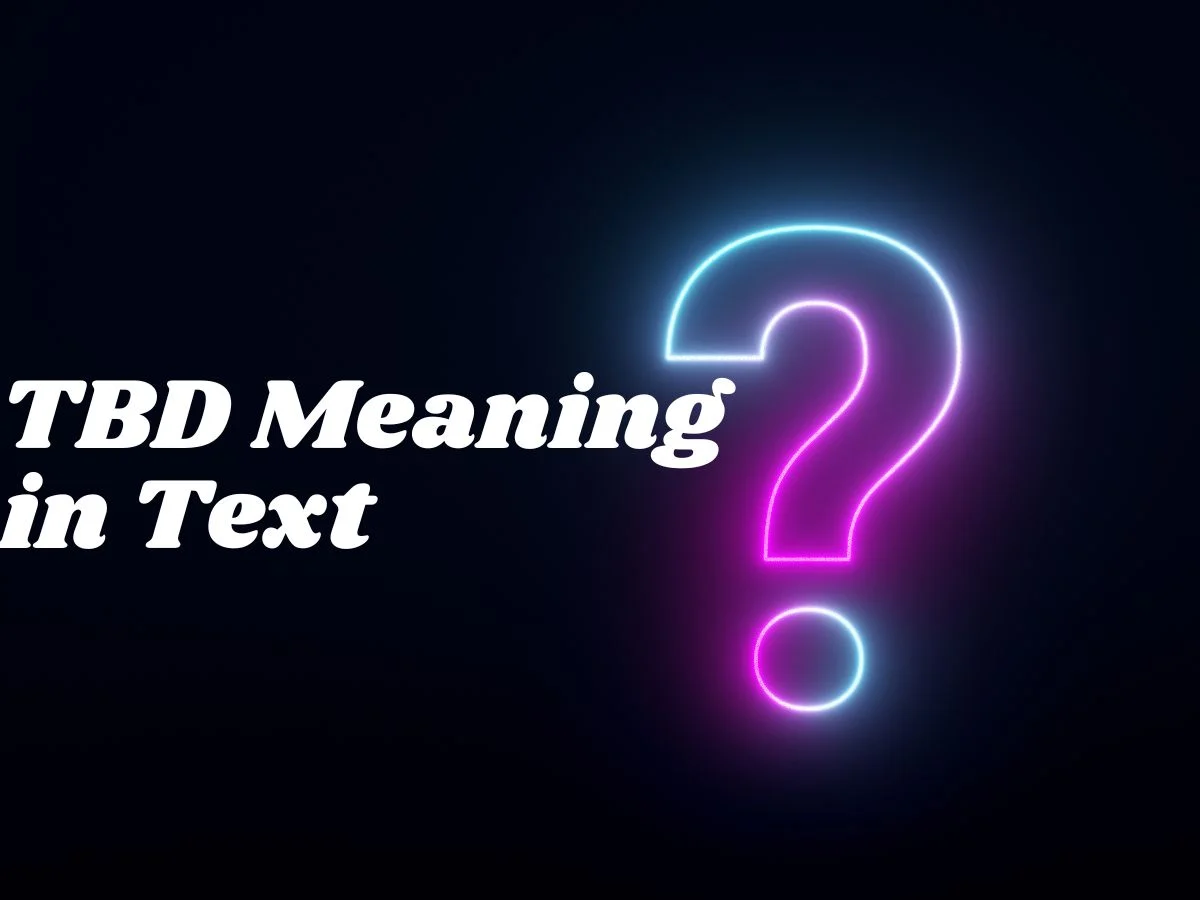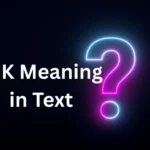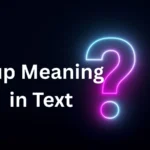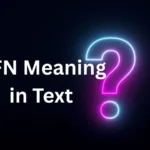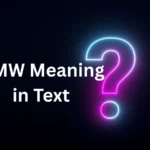In today’s fast-paced digital world, abbreviations and acronyms have become an essential part of everyday communication.
One such acronym that frequently pops up in texts, emails, and online posts is “TBD.”
While it may seem simple, understanding what TBD means and how it’s used can improve clarity and prevent miscommunication.
Whether you’re coordinating work projects, planning events, or chatting casually, knowing the ins and outs of TBD is valuable.
This article dives into the meaning of TBD, explores its origins, examines its usage across different contexts, clears up common misunderstandings, offers alternatives, and answers frequently asked questions.
By the end, you’ll be well-equipped to use TBD confidently and understand it whenever you come across it.
Definitions & Meaning
“TBD” is an acronym that stands for “To Be Determined.”
It’s used primarily to indicate that a decision or detail has not yet been finalized and will be decided at a later time.
In essence, it serves as a placeholder for unknown information. For example, in a meeting invite, if the location is not yet confirmed, the invite might say: “Location: TBD.”
Similarly, in project plans or schedules, you might see “Deadline: TBD,” signaling the deadline is still pending.
The phrase “to be determined” implies a future decision point.
It acknowledges uncertainty but assures that the matter is not overlooked — it simply requires more information, discussion, or confirmation before a final decision can be made.
This makes TBD a useful shorthand in planning, communication, and documentation.
Origins & History
The use of TBD as an abbreviation stems from the need for concise communication, especially in business and administrative contexts.
While the exact moment TBD entered widespread use is hard to pinpoint, acronyms like TBD became more common in the late 20th century as email and digital communication accelerated.
“TBD” emerged as a convenient shorthand in formal and informal documents, replacing longer phrases like “to be decided” or “to be announced.”
Its adoption grew alongside project management tools, event planning, and scheduling systems where placeholders are often necessary.
The acronym aligns with a broader trend toward brevity and efficiency in communication, particularly in fast-moving professional environments.
Today, TBD is universally understood and widely used beyond business — it’s common in social media, entertainment, and everyday texting, highlighting its evolution from formal use to everyday language.
Usage in Different Contexts
Social Media and Texting:
On platforms like Twitter or in casual messaging, TBD often signals that details are forthcoming. For example, an event organizer might tweet: “Our concert lineup is TBD — stay tuned for updates!” This builds anticipation while clearly communicating that specifics will be shared later.
Professional Settings:
In business emails, project plans, or meeting agendas, TBD is used to mark items still under consideration. For instance, a project timeline might list “Budget: TBD,” indicating the amount hasn’t been finalized but will be soon. It helps keep documents current without needing immediate updates.
Pop Culture:
In film, TV, or gaming communities, TBD might be used to announce that cast members, release dates, or plot details are “to be determined.” For example, “Release date: TBD” is common on movie posters or game announcements when production timelines are uncertain.
In all these contexts, TBD conveys that the information is incomplete but will be clarified, making it a flexible and useful tool in communication.
Common Misunderstandings & Clarifications
A frequent misunderstanding is that TBD means something is canceled or forgotten. However, TBD simply means the detail is pending—not ignored or dismissed. It signals active consideration rather than abandonment.
Sometimes, people confuse TBD with “TBA” (To Be Announced) or “TBC” (To Be Confirmed). While similar, these have nuanced differences:
- TBA (To Be Announced): Information is decided but not yet shared publicly.
- TBC (To Be Confirmed): Information is known but requires final verification.
- TBD (To Be Determined): Information has not yet been decided.
Understanding these distinctions helps avoid confusion, especially in professional or event contexts.
Alternatives & Synonyms
If you want to vary your language or avoid acronyms, here are some alternatives to TBD:
- To be decided
- To be announced (TBA)
- To be confirmed (TBC)
- Pending
- Under review
- Awaiting decision
- Not yet finalized
Each alternative carries slightly different nuances, so choose based on the exact context. For example, “pending” implies a decision is imminent, while “under review” suggests ongoing evaluation.
Frequently Asked Questions (FAQ)
1. Is TBD formal or informal?
TBD is neutral and used in both formal and informal contexts. It’s acceptable in business communications and casual conversations alike.
2. Can TBD be used in spoken language?
Yes, people often say “to be determined” aloud, but the acronym TBD is mostly seen in writing.
3. What’s the difference between TBD and TBA?
TBD means a decision hasn’t been made yet, while TBA means the decision is made but details aren’t announced.
4. Should I avoid using TBD in professional emails?
No, TBD is widely accepted in professional communication to indicate pending details.
5. Can TBD apply to anything?
Generally, TBD is used for dates, times, locations, budgets, or other specifics that need finalizing.
6. Does TBD mean the event might be canceled?
No, TBD doesn’t imply cancellation; it simply means the detail is still being worked out.
7. How do I respond if someone says TBD?
You can ask for an estimated timeline or express willingness to wait for the finalized information.
Conclusion
“TBD” is a handy and versatile acronym that keeps communication clear and efficient, especially when details are uncertain or still being finalized.
Understanding that TBD means “to be determined” helps avoid confusion in professional, social, or pop culture contexts.
It’s an indicator of ongoing decision-making, not neglect or cancellation.
Being familiar with TBD and its close relatives like TBA and TBC enhances your communication skills and ensures you interpret messages correctly.
Whether you’re drafting a project plan, organizing an event, or simply chatting online, knowing how to use TBD correctly will make your messages clearer and more effective.

Jony Johnson is a creative writer and storyteller with a passion for exploring unique ideas through words. His writing style is simple, engaging, and filled with imagination. Jony enjoys crafting articles that entertain, educate, and inspire readers of all ages. From fun riddles to thought-provoking stories, he brings a fresh and relatable voice to every topic. When he’s not writing, Jony loves spending time outdoors, reading mystery novels, and discovering new ways to share creativity with the world. His goal is to make every reader smile and think a little deeper.
